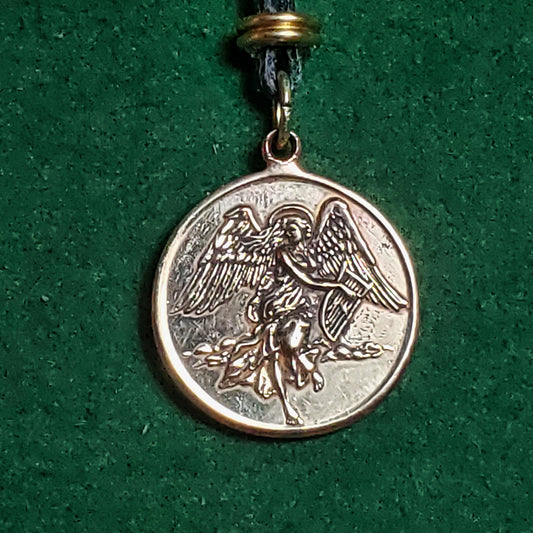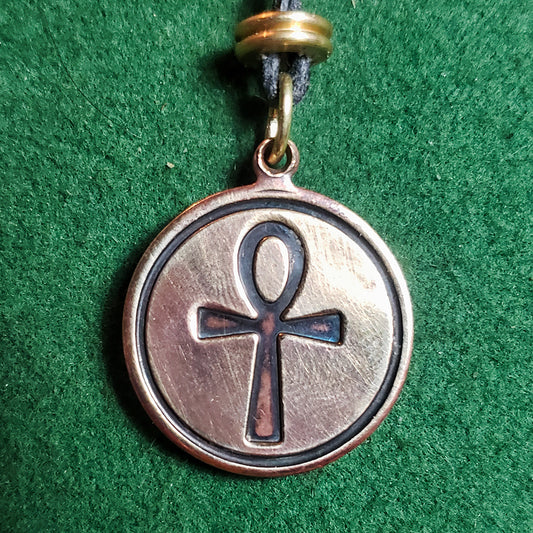Featured Design - Bull
Michael Stewart
Share
Ancient mythology from ancient Greece, Persia, Ireland, Gaul, and elsewhere counted the bull as magical and sacrificial. Cattle were the primary measure of wealth, and the bull symbolized ownership—strength, virility, and swiftness in anger.
 In Mesopotamia, the bull was associated with the moon (its horns representing the crescent moon). In Egypt, the bull was worshiped as Apis, the embodiment of Ptah/ Osiris. The god's priests identified a long series of ritually perfect bulls housed in the temple for their lifetime, then embalmed and encased in a giant sarcophagus. Ka in Egyptian is both a religious concept of life force/power and the word for bull. Marduk is the "bull of Utu". Shiva's steed is Nandi, the Bull.
In Mesopotamia, the bull was associated with the moon (its horns representing the crescent moon). In Egypt, the bull was worshiped as Apis, the embodiment of Ptah/ Osiris. The god's priests identified a long series of ritually perfect bulls housed in the temple for their lifetime, then embalmed and encased in a giant sarcophagus. Ka in Egyptian is both a religious concept of life force/power and the word for bull. Marduk is the "bull of Utu". Shiva's steed is Nandi, the Bull.
Minoan frescos and ceramics depict bull-leaping rituals in which participants of both sexes vaulted over bulls by grasping their horns. For the Greeks, the bull was strongly linked to the Bull of Crete.
The bull is one of the animals associated with the late Hellenistic and Roman syncretic cult of Mithras, in which the killing of the astral bull was as central in the cult as the Crucifixion was to contemporary Christians.
The worship of the Sacred Bull is familiar to the Western world in the episode of the idol of the Golden Calf made by Aaron and worshipped by the Hebrews in the wilderness of Sinai.

Minoan frescos and ceramics depict bull-leaping rituals in which participants of both sexes vaulted over bulls by grasping their horns. For the Greeks, the bull was strongly linked to the Bull of Crete.
The bull is one of the animals associated with the late Hellenistic and Roman syncretic cult of Mithras, in which the killing of the astral bull was as central in the cult as the Crucifixion was to contemporary Christians.
The worship of the Sacred Bull is familiar to the Western world in the episode of the idol of the Golden Calf made by Aaron and worshipped by the Hebrews in the wilderness of Sinai.







